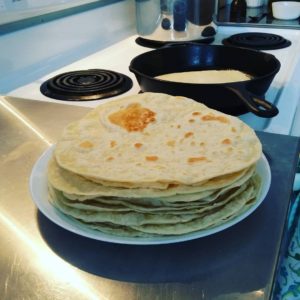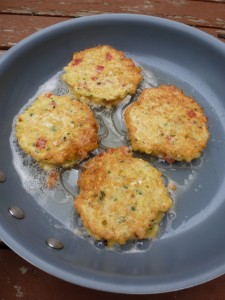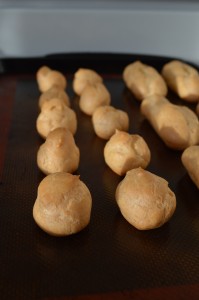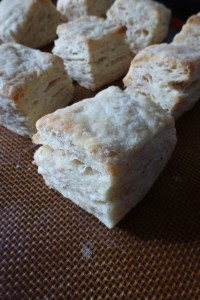 A while back I wrote a list of food items that I don’t think you should ever buy because you can easily and cheaply make something at least as good at home. As time goes on Lisa and I strike upon simple recipes and quick techniques that add items to the list. Most recent are tortillas, the kind made of wheat flour.[1]
A while back I wrote a list of food items that I don’t think you should ever buy because you can easily and cheaply make something at least as good at home. As time goes on Lisa and I strike upon simple recipes and quick techniques that add items to the list. Most recent are tortillas, the kind made of wheat flour.[1]
There are loads of tortilla recipes online. We’ve tried several, and most are garbage, producing tortillas that are either too dense and doughy or way too delicate to stand up to filling and wrapping and eating out of hand.
We use a food-processor to mix the dough. It takes less than 5 minutes. With a small amount … Continue reading.
 A simple definition. Fritters are made from a simple batter that is garnished with meat or vegetables or fruit and then fried, either in a pan or deep-fryer. They can be sweet or savoury.
A simple definition. Fritters are made from a simple batter that is garnished with meat or vegetables or fruit and then fried, either in a pan or deep-fryer. They can be sweet or savoury. Before the exciting conclusion of Custard Week, I want to take you on a quick detour to show you some applications for the custards we’ve been making. Let’s talk about choux pastry.
Before the exciting conclusion of Custard Week, I want to take you on a quick detour to show you some applications for the custards we’ve been making. Let’s talk about choux pastry.
